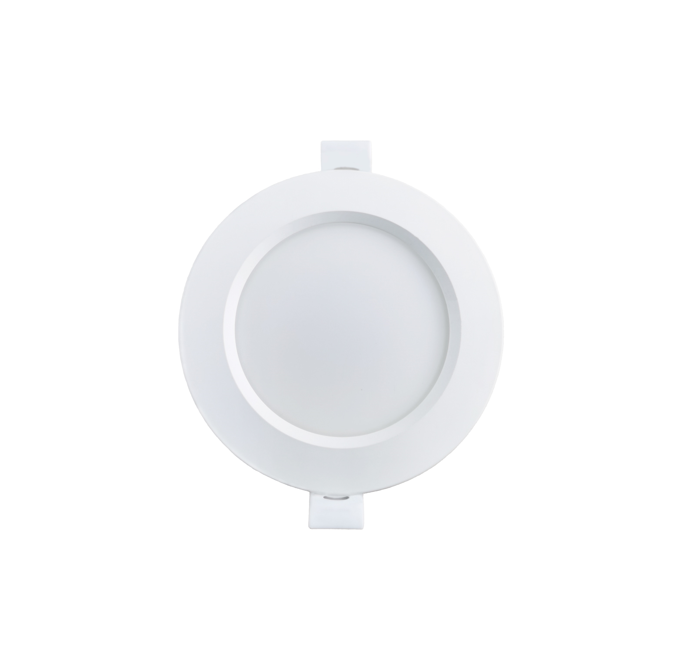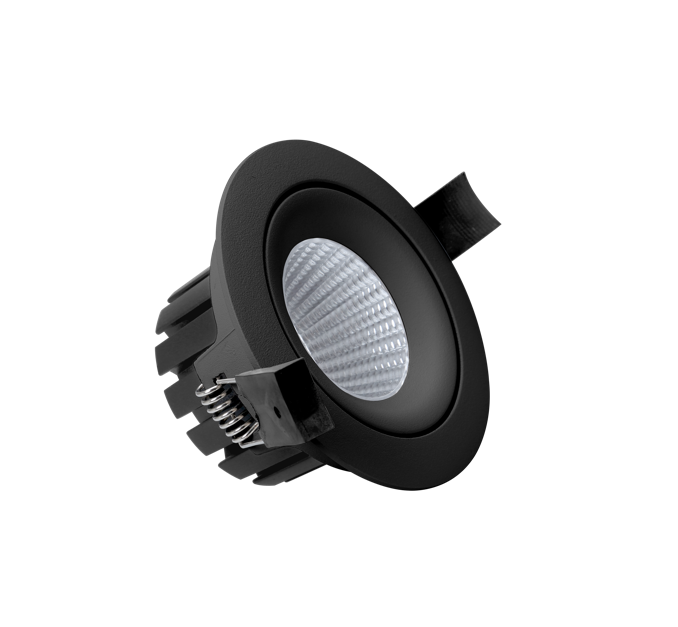Safety Test: MR16
Test Parameters review for relevance
A lamp temperature test has been conducted under the scrutiny of the Duty Captain and Trained Fire Investigator, Michael McIntyre at Metropolitan Fire and Emergency Services Board, Fire Station No 33, 103 Nepean Hwy, Mentone VIC 3194. Brillo Pty Ltd sponsored the test and supplied the test to media. (Brillo is part of the littil group responsible for product selection and certification). It also made available an infrared digital thermometer, a digital thermometer with probe, a multi-point socket boom, with power supplied via a multi-switch transformer box with 240V mains power supply. Lamps were attached singularly to the boom and heated for a minimum of 10 minutes, prior to testing for maximum temperature at two points; the centre of the lens and the lens back. The transformer supplied power at a constant 12Volts and at the wattage specified by the manufacturer for each lamp. Four commercially available 50 mm quartz halogens lamps of varying beam angle were tested. Additionally, two x 9W MR16 LED lamps were also tested; a 50Deg and 120Deg degree, with Edixeon array. The test was carried out in the air-conditioned station common room. The aim was to evaluate how hot the tested lamps became in relation to the combustion temperature of materials that can be found in ceiling spaces approximate to downlight fittings.
Combustion Temperature
Both the ignition temperature and flash point may be considered “combustion temperature.” Ignition temperature (auto ignition) is the lowest temperature at which a material, when heated in air, will spontaneously ignite from the heat of oxidation in the absence of any other source of ignition energy. Flash point is the lowest temperature at which flammable gas given off from a material heated in air is ignited with external ignition energy when the density of the evolved flammable gas has reached the combustion limit. The ignition temperature for paper is reported to be 450c (842F), and the flash point of paper is estimated to be 350c (662F). Ref: Handbook of Physical and Mechanical Testing of Paper and Paperboard Vol 2; Edited by Richard Mark.
Quartz Halogen Lamps
The lens surface temperature was recorded at between 120c and 133c. The rear lens range was much hotter at 150c to 210c. Whilst no lamp reached combustion temperature in this ventilated environment, it was impossible to determine the effect of additional heat generated in an enclosed roof space on days of extreme temperature and the effect of prolonged contact with combustible materials known to be found in roof spaces.
littil Lamps
The same tests were carried out with the littil LED lamps. The temperature reached was 52c. All LED lamps could be handled in the open hand.
Test Results Chart
|
Type |
Temperature |
|||
|
|
Lamp Surface |
Back Lens |
||
|
|
Cel |
Fah |
Cel |
Fah |
|
Philips – 50W 50° |
133 |
271 |
210 |
410 |
|
Realite – 50W 50° |
128 |
262 |
166 |
330 |
|
Nelson – 50W 36° |
120 |
248 |
150 |
302 |
|
Philips – 50W 36° |
125 |
257 |
156 |
312 |
|
|
|
|
|
|
|
littil LED 50° |
44 |
111 |
52 |
125 |
|
littil LED 120° |
35 |
95 |
48 |
118 |
Conclusion
Some of the Halogen lamps returned very high rear lens temperatures, however it was uncertain at what temperature lamps in ceilings would cause a flash. Of concern is what other factors contribute to temperature increasing to a flash point; extreme temperature days, roof radiation, roof materials prolonged exposure to high lamp heat radiation, humidity and the composition and gas release from treatments in some “Blown In” insulation. What became apparent is that the LED lamp remained comfortably within modest limits at all times.


